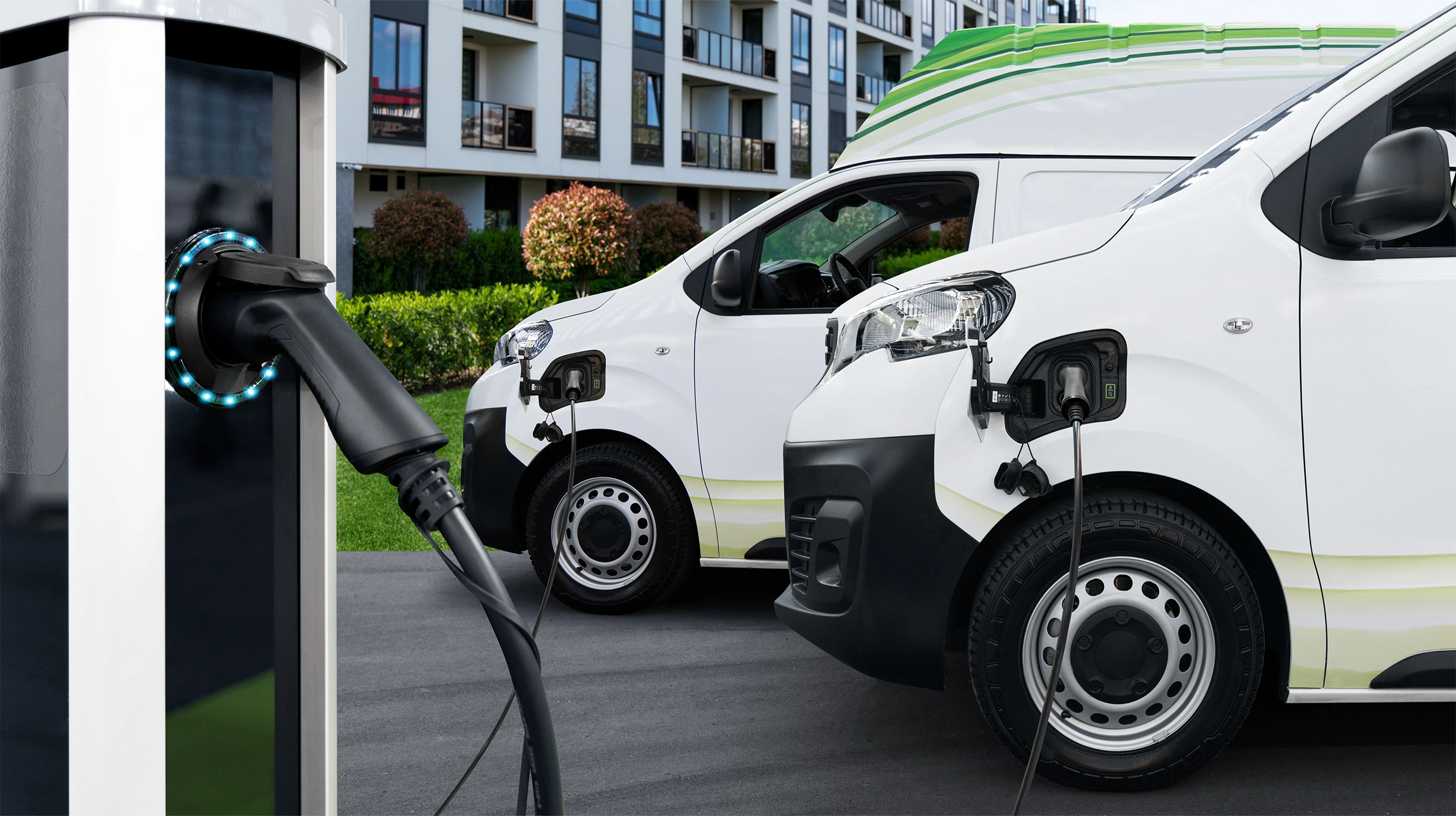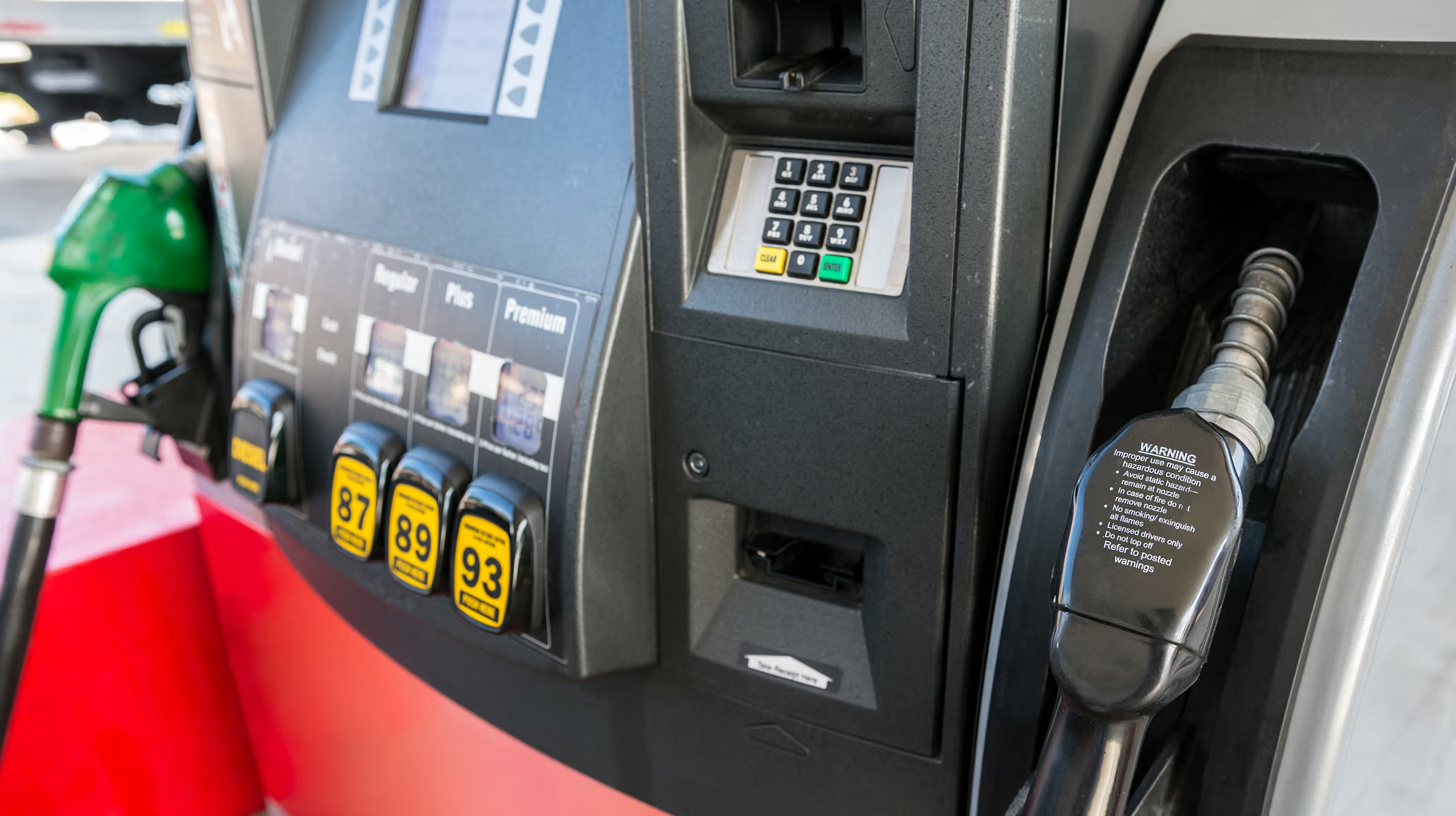More from the 5G glossary
View all 5G glossary entriesWhat is 5G NSA Mode?
5G non-standalone mode is a technology that allows 5G networks to be deployed using existing 4G infrastructure. This technology allows carriers to provide 5G coverage in areas where they don’t yet have the necessary equipment in place to build out a fully-fledged 5G network.
In non-standalone mode, 5G connections are built on a 4G core network, with 5G NR (New Radio) access nodes connecting devices to the network. This setup allows for data speeds that are faster than those of 4G, but not as fast as those of a full 5G network.
Non-standalone mode was developed to give carriers the ability to roll out 5G coverage quickly and cost-effectively. In areas where a full 5G network isn’t yet available, carriers can still provide 5G coverage by using non-standalone mode. This allows them to provide faster data speeds to their customers without having to invest in the equipment and infrastructure needed for a full 5G network.
When a carrier is ready to deploy a full 5G network, they can upgrade their existing non-standalone mode setup to a standalone 5G network. This can be done by replacing the 4G core network with a 5G core network and upgrading the radio access nodes to 5G compatible equipment.
5G non-standalone mode is a great way for carriers to provide faster data speeds to their customers without having to invest in the equipment and infrastructure needed for a full 5G network. This technology allows carriers to quickly deploy 5G coverage in areas where they don’t yet have the necessary equipment in place to build out a full 5G network.





